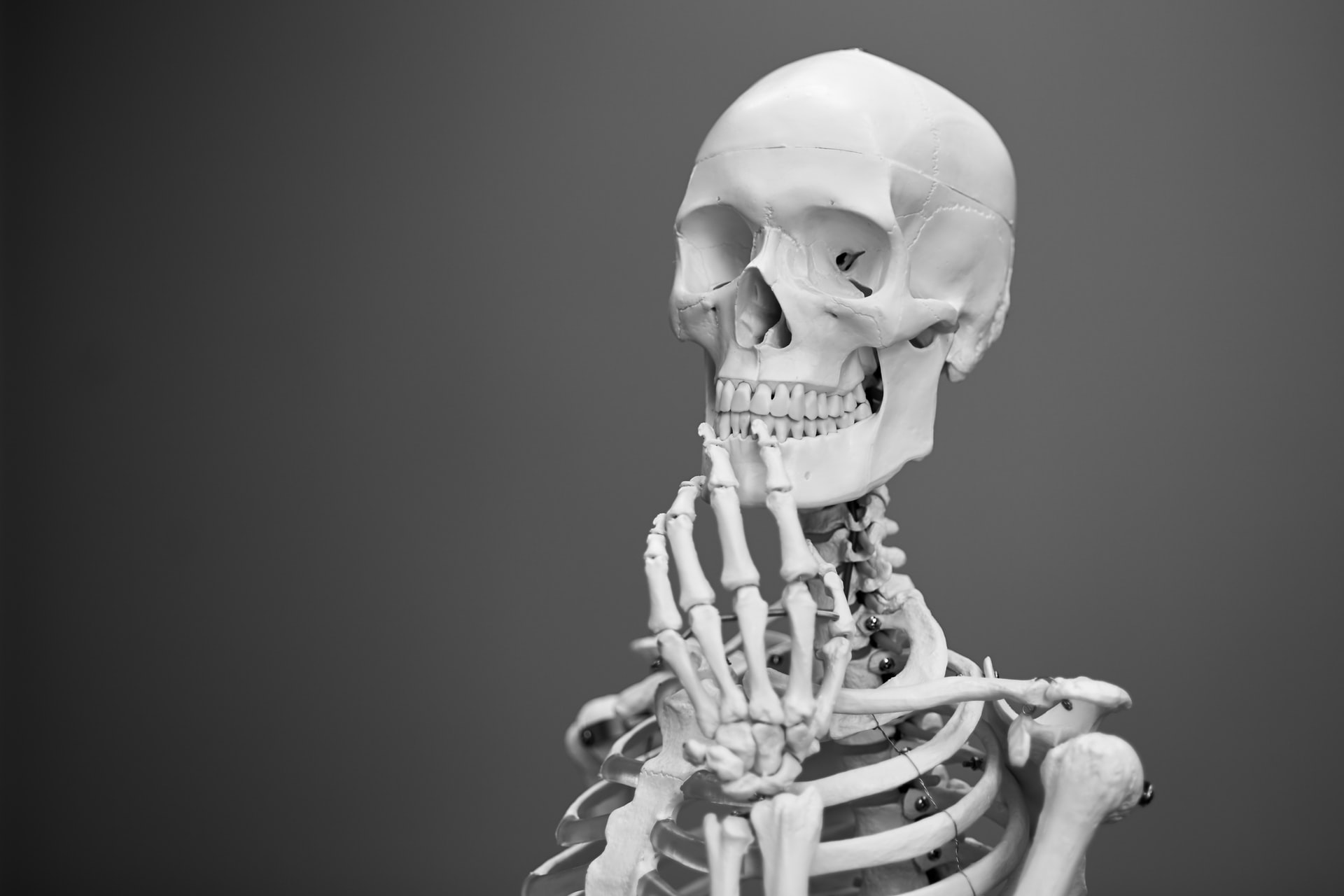Media Release
From: University of OtagoAnalysing 2500-year-old teeth has thrown open a window onto life and gender inequality during Bronze Age China.
The University of Otago-led research has cast light on breastfeeding, weaning, evolving diets and the difference between what girls and boys were eating, lead researcher Dr Melanie Miller, a postdoctoral fellow in the University of Otago’s Department of Anatomy, says.
The teeth come from the Central Plains of China and date from the Eastern Zhou Dynasty, between 771 and 221 BC. Despite their extreme antiquity (they are as old as Athens’ Parthenon and the Old Testament sacking of Jerusalem’s First Temple) the teeth’s dentin – the bony tissue forming the bulk of our teeth’s structure – was full of information.
Using stable isotope analysis, researchers were able to show the types and amounts of various elements in the dentin, including carbon and nitrogen, unlocking information about the individuals’ life and diet. That enabled a picture to be drawn of a changing society, Dr Miller says.
“We already knew this [Eastern Zhou Dynasty] time period showed increasing inequality between men and women. What we were able to find is that these differences were even evident in what people ate and how they cared for their children, such as gender differences in how long babies were weaned and then the foods they were fed as children.”
The analysis of 23 individuals from two different archaeological sites shows children were breastfed until they were between 2.5 and 4 years old, with weaning onto solids – consisting mostly of wheat and soybean – occurring slightly earlier in females than in males.
“For the two communities we studied, food was an integral aspect of identity, and it was a medium of differentiation between females and males. We found dietary differences between the sexes began in early childhood and continued over the lifetime.
“That means the foods people ate on a regular basis were slightly different if they were a boy or girl, and then a man or a woman.”
Males continued to eat more of the traditional crop, millet, while females consumed more of the “new” foods such as wheat and soy, Dr Miller says. That wheat and soy foods were important components of childhood diets suggests they were incorporated into local culinary practices as weaning foods.
The Eastern Zhou Dynasty is a very important period of Chinese history and Chinese cultural change; it is the time of Confucius and other notable intellectuals, Dr Miller says.
“And we are seeing some of the earliest forms of social inequality between men and women emerge during this time, and these dietary results underscore how the daily lives of women and men were increasingly differentiated, even in daily practices such as what foods a person ate.”
Dr Miller says the chemical techniques used in this type of bioarchaeology are making it possible to study ancient human dietary practices over those peoples’ lifetimes.
“With this approach we’re getting personalised glimpses into the lives of ancient people. That can reveal significant aspects of their life experiences, including things like gender divisions and social inequality.”


